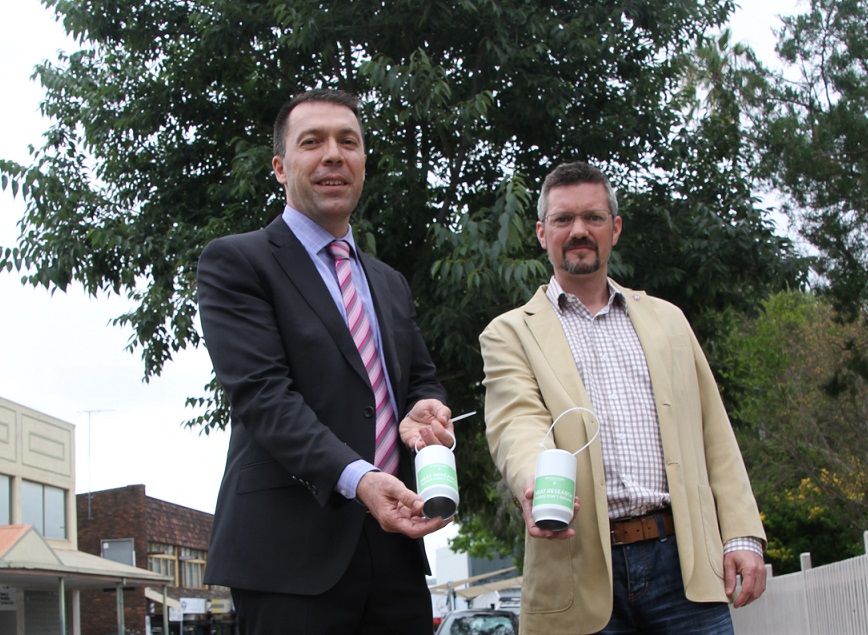We already know Campbelltown, just like much of the western suburbs of Sydney, can get really hot during summer.
But now a detailed study of air temperatures across the Campbelltown LGA has given council the data needed to better understand the urban heat island effect and possible ways to cool our suburbs.
More than 100 heat sensors were placed across the LGA between December 2018 and March this year as part of the study conducted by council staff in partnership with Western Sydney University researcher Dr Sebastian Pfautsch to measure air temperatures.
The results of 1.46 million recordings showed the LGA experienced three heatwaves with one heatwave in January lasting an unprecedented eight days.
The finer grained data recordings enable the painting of a more accurate picture of air temperatures variances across the LGA than what the Bureau of Meteorology’s (BOM) single weather station at the Australian Botanic Garden Mt Annan can.
The BOM station recorded only one day of extreme temperatures at 40 degrees or more during the study period, yet extreme heat was measured during 10 or more days at 25 locations across the LGA over the same time frame.

Campbelltown Mayor George Brticevic said data collected during the study was used to create detailed mapping of hot spots across the LGA and will be used in future strategies and projects to cool our urban areas.
“This was an exciting study undertaken in our city and gives us the tools to take a leadership role in reducing heat in our community to ensure there are significant health, economic and social benefits for residents,” Cr Brticevic said.
“A core pillar of our Reimagining Campbelltown City Centres master plan is to create a sustainable city and this data will enable us to make informed decisions to achieve that goal,” he said.
“It is in the interest of us all to look at ways to develop residential, commercial centres and parks and playgrounds that are resilient to the weather to support the health and wellbeing of our communities into the long term.
“We will be sharing these results with commercial landholders and looking for ways to reduce the heat island effect in residential developments and public spaces.”
One of the first initiatives in the wake of the study will be an assessment of suburbs which are more vulnerable to heat to enable the prioritisation of methods to cool those communities.
